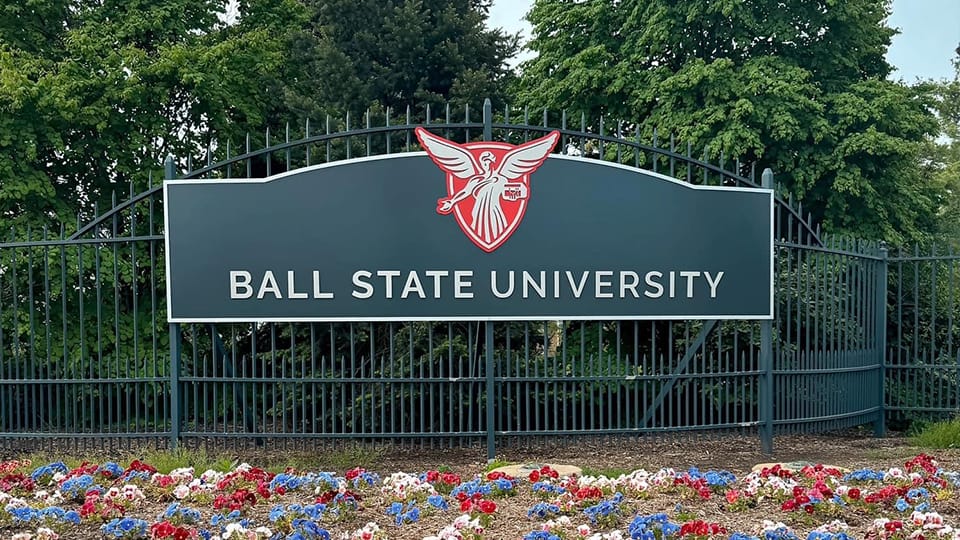Ball State report shows impact of historic rehabilitation tax credits
Subscriber Benefit
As a subscriber you can listen to articles at work, in the car, or while you work out. Subscribe Now
A new report from Ball State University researchers indicates that historic rehabilitation tax credits help spur the development of affordable housing in some of Indiana’s poorest neighborhoods.
The study, conducted by the university’s centers for Business and Economic Research and Historic Preservation, examined how 10 Indiana cities used federal and state historic preservation tax credit programs from 1990-2021 for income-producing properties such as commercial space or rental housing.
The 10 cities were Bloomington, Evansville, Fort Wayne, Indianapolis, Lafayette, Madison, Muncie, New Albany, South Bend and Terre Haute.
What the study found, the university said this week, was that more than half of the more than 7,200 housing units created or rehabilitated using such tax credits during that time were designated for low- to moderate-income households.
“This research highlights how historic rehabilitation tax credits not only preserve Indiana’s architectural heritage, but also create tangible benefits for communities in need,” Seth Payton, a CBER research associate and lead author of the study, said in a news release. “By supporting the creation of affordable housing and attracting investment to underserved areas, these credits play a crucial role in fostering economic growth and improving the quality of life for residents.”
Furthermore, such tax credits have attracted investment to some of Indiana’s poorest neighborhoods.
“Our analysis of tax credit projects in the 10 Indiana cities where they were most used showed that these investments typically occurred in the most difficult neighborhoods to attract investment,” Dagney Faulk, CBER’s director of research, said in the news release.
The report also suggests that Indiana would benefit from reinstating its state-level historic rehabilitation tax credits to further draw the interest of housing developers. The state program expired in 2016. Surrounding states offer such incentives, the report notes.
The report, “Historic Rehabilitation Tax Credits in Indiana,” is available on the CBER website.
